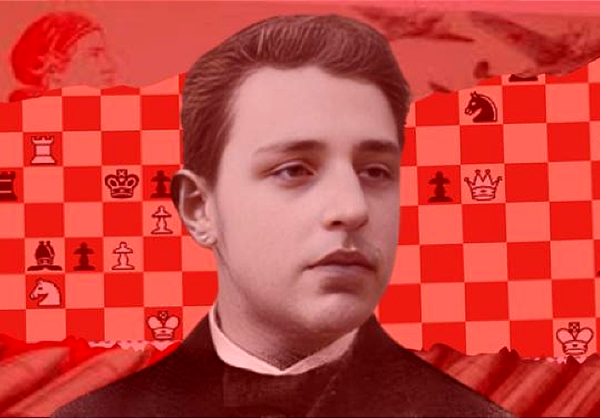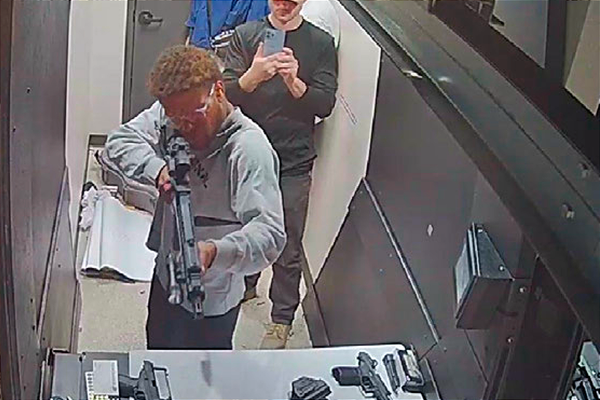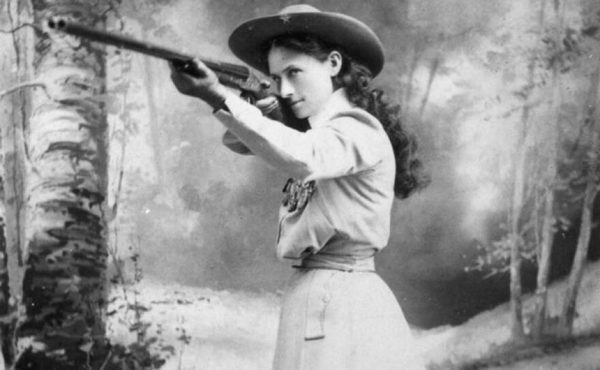Women have been fist-fighting since the early 1700's
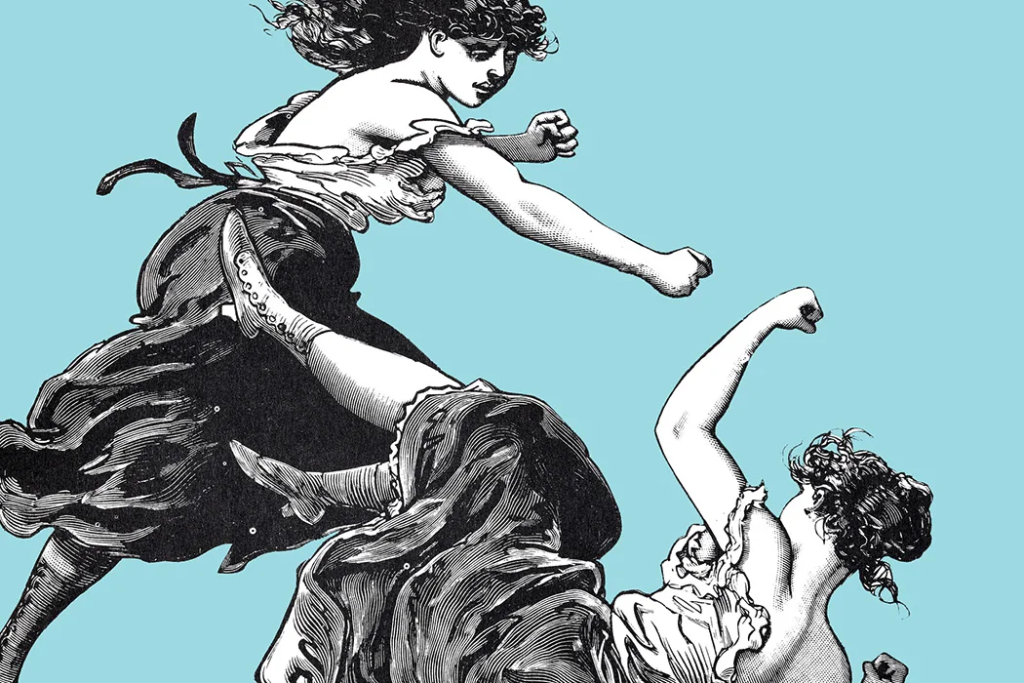
Ashawnta Jackson writes for JSTOR Daily: "Elizabeth Wilkinson had a score to settle. Writing to the London Journal in 1722, she informs its readers that she and Hannah Highfield 'had some words.' And though words might have started it, they weren’t going to end it. Wilkinson challenged Highfield to a fight: “I do invite her to meet me on the stage and box with me for three guineas,” she wrote, “each woman holding half-a-crown in each hand, and the first woman that drops her money to lose the battle.” Highfield accepted that invitation, promising “that she will not fail…to give her more blows than words, desiring home blows, and of her no favor. She may expect a good thrumping.” Though calling out your enemy in a newspaper ad might be unusual, the fight certainly wasn’t. Randy Roberts writes, “female pugilism was so popular that the women crowned their first champion at approximately the same time as the males."
This mom didn't know she was in a $250K Candy Crush tournament, but she's winning

From Sisi Jiang at Kotaku: "Erryn Rhoden is an ordinary person who works at her family’s roofing company in Columbus, Ohio. She’s also the top-ranked player in her semifinal bracket for the Candy Crush Saga All Stars Tournament, the biggest Candy Crush tournament in history, which she entered by accident. That makes her one of the most successful esports athletes in the entire country right now. Candy Crush is the most popular match-3 game of all time. Players eliminate blocks by matching three or more candies by swapping their positions until they’re next to each other. Overall Candy Crush progress is measured by the number of levels that you’ve completed. You complete levels by fulfilling their level’s objectives, such as breaking particularly sturdy blocks or accumulating a certain number of special candies that you can create by matching regular candy tiles in a certain way. If you finish a level with time remaining on the timer or in fewer moves, you get bonus points at the end."
The time thief who stole 106 rare clocks in a daring heist
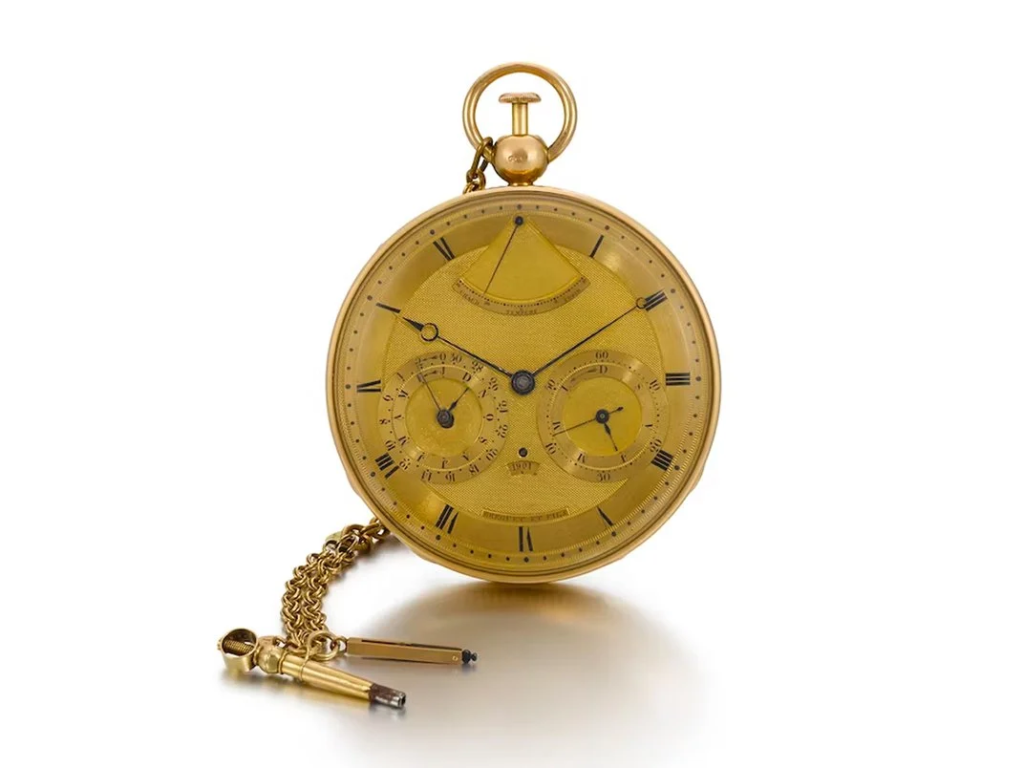
From Fern Reiss at the Smithsonian: "Forty years ago, on a spring night in April 1983, a thief bypassed security at the L.A. Mayer Museum for Islamic Art in Jerusalem, entering the building under the cover of darkness. The museum, which opened in 1974, boasts a collection of some 4,000 objects, which includes jewelry, pottery, rugs, weapons and Qurans. But perhaps the most unique feature of the museum is its collection of rare and valuable watches. The burglar stole 106 rare clocks worth tens of millions of dollars, then vanished without a trace. The crime had all the elements of a high-stakes drama: a mysterious theft, befuddled investigators, a romance that spanned decades and outlasted a prison sentence, and two bequeathments of valuable timepieces (among them a pocket watch commissioned for Marie Antoinette). In the two decades following the theft, authorities made little progress on the investigation. The heist seemed like a mystery that would never be solved—until a deathbed confession by a career criminal led to the recovery of almost all of the missing timepieces."
Why do use the term bullshit for things that aren't true?

From Dan Lewis at Now I Know: "The term BS is a shorter, more family-friendly way to reference a term that is actually the combination of two shorter words — “bull,” which I can safely spell out in a family-friendly publication, and another word which I can’t, given that same parameter. If you’re thinking the term has to do with one of those creatures pictured at the top of this email, you’re probably wrong. It dates back to the early 1900s, most likely around 1914, according to Merriam-Webster. At the time, bulls weren’t necessarily thought of as liars or anything like that, but around the same time, a second meaning for “bull” emerged — one meaning “insincere, trifling, or deceptive talk,” according to the Online Etymology Dictionary. That term, per EtymologyOnline, was apparently from Old French bole ‘deception, trick, scheming, intrigue,’ and perhaps related to modern Icelandic bull ‘nonsense,’” and has nothing to do with the animal of the same name. So it’s possible, if not likely, that the “bull” part of BS has no connection to the bovines of the male persuasion."
A scientist's search for the origins of clothing
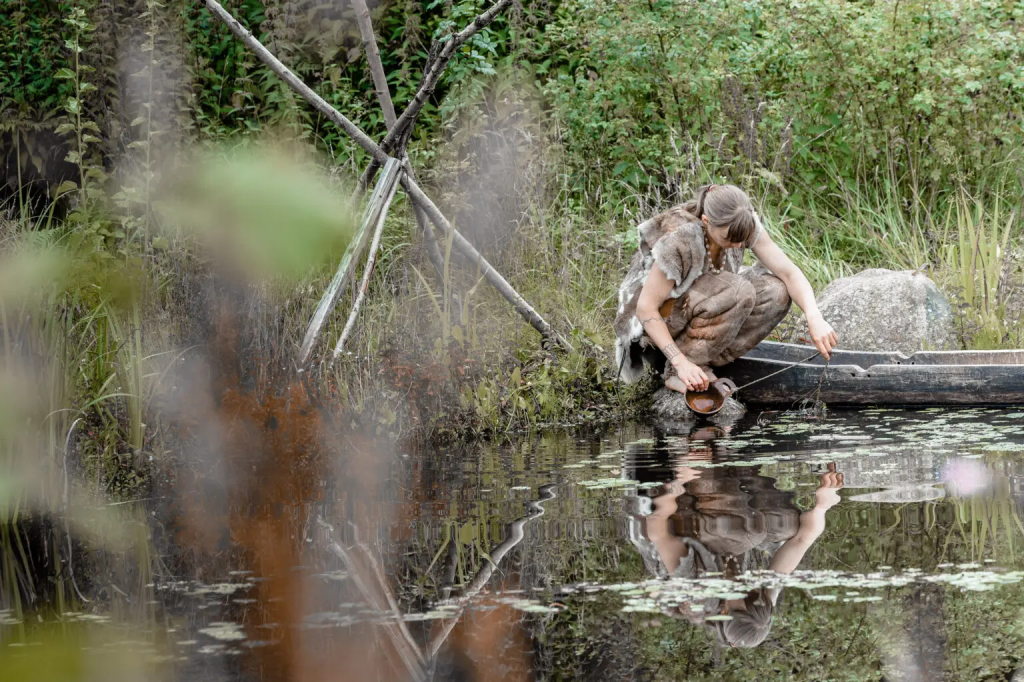
Ian Gilligan writes at Sapiens.org: "Standards of body cover vary across cultures. But many people would be mortified to be caught unclad in public. For folks in cold climates, insufficient clothing can be fatal, as I sensed in Siberia. Yet no other creatures don garments. Why our ancestors, alone in the entire animal kingdom, adopted clothes is one of those big questions that science has only recently begun to tackle. Though many gaps in the story remain, the emerging evidence suggests clothing really had two origins: first for biological needs, then cultural. Archaeologists who study the Paleolithic or Stone Age tend to ignore clothing. Perhaps this isn’t surprising, considering not a single shred has survived from this ice age era between roughly 2.6 million and 12,000 years ago. Archaeologists are reluctant to look for something they will never find. Stone Age clothing may be invisible to archaeology, but that does not mean Paleolithic clothing can't be investigated."
How a middle-aged Victorian woman became a master of scientific illustration
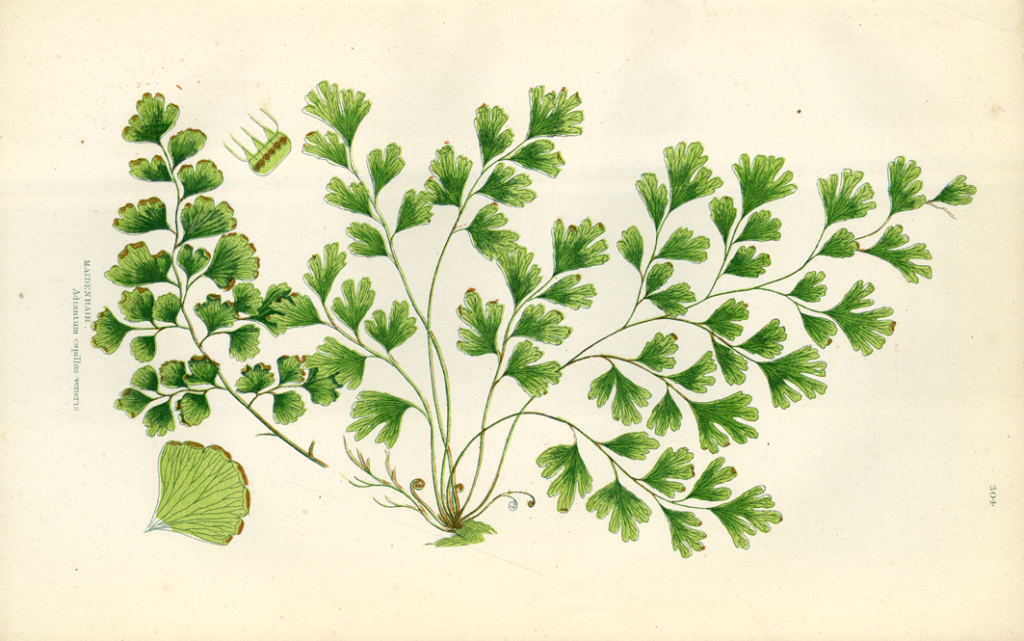
Maria Popova writes: "While in America in the 1800s, a woman name Clarissa Munger Badger was inspiring a nation and its greatest poet with her botanical art, Anne Pratt was doing the same in England. In poor health since her earliest years, and with a knee disability, Anne grew up almost entirely indoors. Drawing became how she survived the loneliness of childhood, how she brought nature closer to her. When a family friend introduced her to botany, a new world of possibility burst open — she devoted herself to studying the science of the living world and perfecting her art. At thirty-three, she made her tentative debut — no small feat for a woman in Victorian publishing — with a book titled The Field, the Garden, and the Woodland. It was quietly received, but that didn’t matter — she had found her calling, and it fed her, and she fed it back to the world. She kept going: painting and writing, punctuating the natural history with poetry. Every couple of years, she released a new scrumptiously illustrated book."
People film their daily lives in the style of director Wes Anderson
Girl on the train 🚂 pic.twitter.com/SR25LuSzir
— Zoë Crowther (@zoenora6) April 18, 2023
